| Tuesday – 7 June | Wednesday – 8 June |
|---|---|
| 10:00-10:30 Registration 10:30-11:00 Opening ceremony 11:00-11:30 Keynote 1 (Raquel Castro) 11:30-13:00 Conference session 1 | 10:00-10:40 Registration 10:45-11:00 Opening session 11:00-11:30 Keynote 2 (Stephanie Taylor) 11:30-13:00 Conference session 4 |
| 13:00 Lunch break | 13:00 Lunch break |
| 14:30-16:00 Conference session 2 16:00-16:15 Coffee break 16:15-17:45 Conference session 3 19:00-20:00 Exhibition opening Imagines Nostrae Animae | 14:30-16:00 Conference session 5 16:00-16:15 Coffee break 16:15-16:45 Keynote 3 (Miguel Pires de Matos) 19:00-20:00 Concert / AV Performance The Construction of Time |
| 20:00 Dinner | 20:00 Dinner |
| 21:30-22:30 Film screening Macau Intl. Short Film Festival | 21:30-22:30 Film screening Punta y Raya Festival |
Tentative program
Keynote Speakers
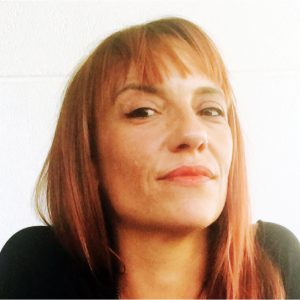
Sound Art and Public Awareness
Centre for Research in Applied Communication, Culture, and New Technologies (CICANT), Lusófona University
Biography | Raquel Castro is a soundscape researcher, filmmaker and curator, founder and director of Lisboa Soa festival and the International Symposium Invisible Places. She holds a PhD in Communication and Arts and is an Integrated Researcher at Cicant/Universidade Lusófona. As a director, she highlights the films Soundwalkers (2008) and Soa (2020), where interviews, sound art and sonic ambiances combine to raise awareness of sound. Currently, she curates the exhibition Sound Art in Public Spaces to be presented in Belgium, Netherlands, Denmark, Greece and Norway.
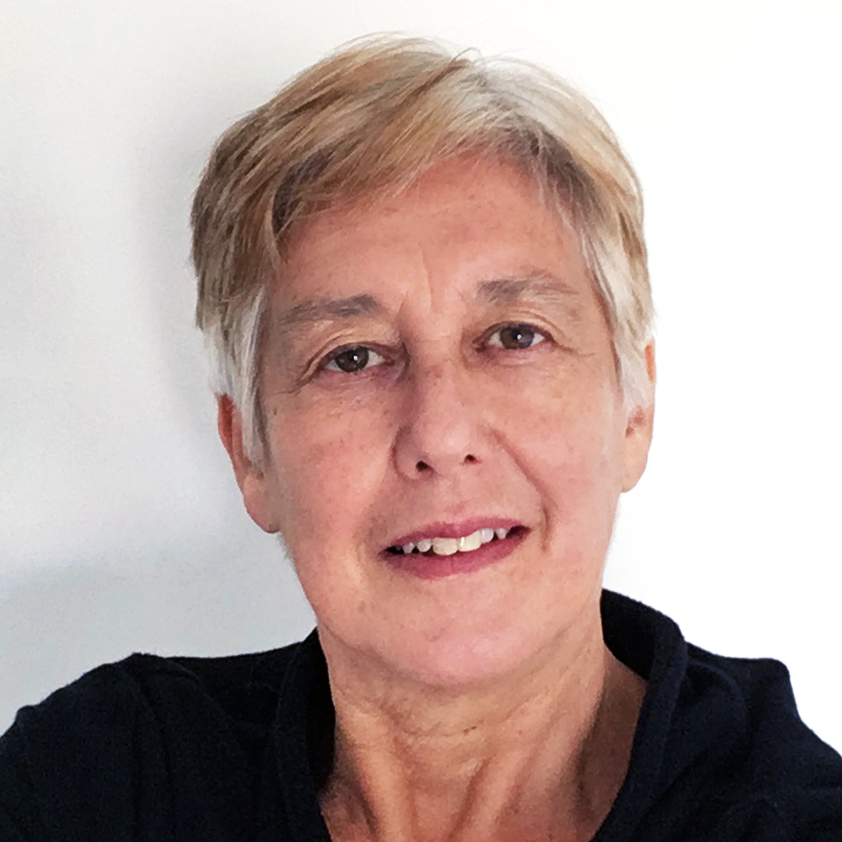
Creative affect: Experiences of feeling and emotion in the creative process
School of Psychology & Counselling, The Open University, UK
Biography | Stephanie Taylor is Professor of Social Psychology at the Open University, UK. Her research investigates creative subjectivities from a critical discursive perspective. She is currently writing about the affective practices around creativity. She is co-author of the monograph Contemporary Identities of Creativity and Creative Work (2012) and co-editor of the collections Gender and Creative Labour (2015), The New Normal of Working Lives (2018) and Pathways into Creative Working Lives (2020), and the Palgrave book series Creative Working Lives.
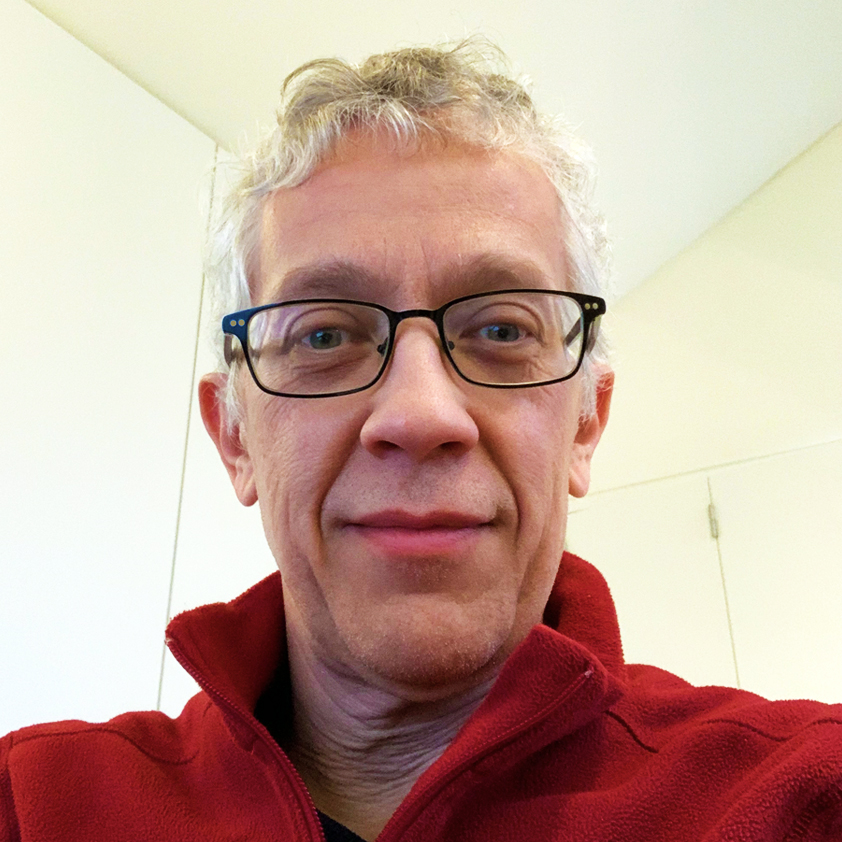
4 States of Matter: the creative process
Film director at Praça Filmes
Board member and programmer of MONSTRA Festival
Biography | Graduated in Architecture from the Faculty of Architecture of the University of Lisbon in 1991, completed the Piano Course at the Instituto Gregoriano de Lisboa and is currently attending the PhD in Arts at the University of Lisbon and Polytechnic Institute of Lisbon with the theme abstraction in animated film. Developed a professional activity as an architect between 1989 and 2013. He currently dedicates most of his time to animated cinema, being a director at Praça Filmes and a member of the direction and programming team of the MONSTRA Festival. In 2018 he received the António Gaio award at Cinanima for the film 4 States of Matter.
Film Screenings
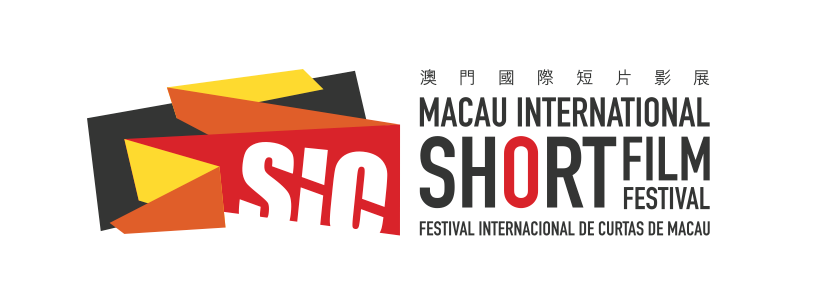
Macau International Short Film Festival
Extension – award-winning films
The MACAU INTERNATIONAL SHORT FILM FESTIVAL is an annual worldwide audio-visual festival, that aims to motivate overseas and Macau short film and music video productions to compete in this FESTIVAL. The FESTIVAL is following on the success achieved by the first edition of AUDIO-VISUAL COMPETITION which was launched in 2010. In 2015, it turned into a festival for the very first time.
Short films:
- Best Fiction – Phlegm | 06’25” Jan-David Bolt, Suiça
- Best Animation Mundo Domino | 06’25” Suki, França
- Best Film of the FESTIVAL- Fabiu | 29’29” Stefan Langthaler, Áustria
- Best Local Entry – Flowers for My Mother | 12’24” Vitória dos Santos Caxias, Macau
- Macau Cultural Identity – Unseltted | 29’50 Ho Cheok Pan, Macau
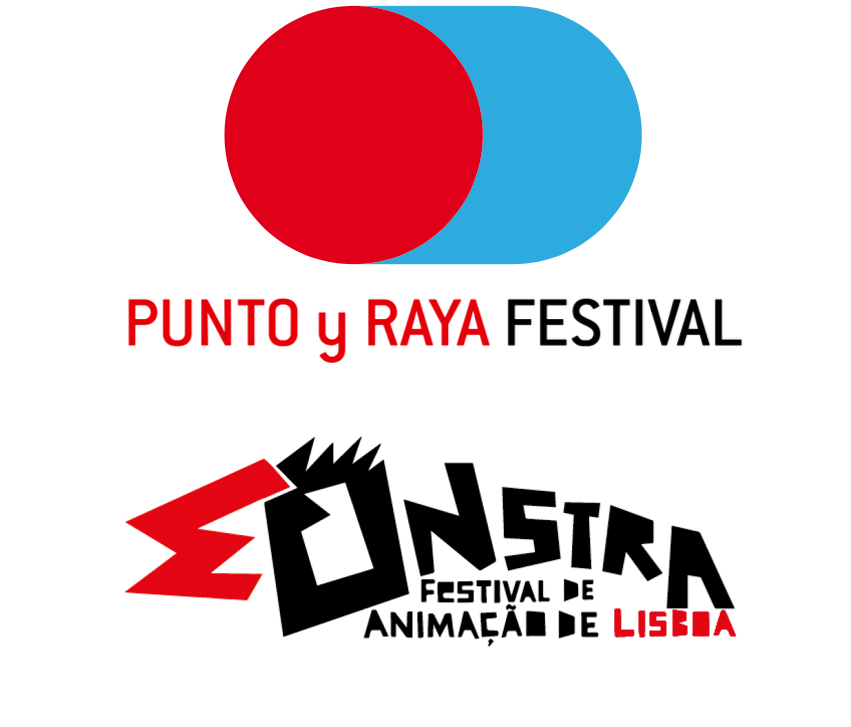
Extension – Portuguese Abstract Panorama
The world event for Abstract Art in Motion brings together the Punto y Raya community in various cities. The Festival celebrates the latest achievements in abstract film, animation & new media, and recovers & contextualises great classics, providing a creative meeting point between artists and general audiences. It invites experimenters to take the genre’s possibilities to the limit, and motivates new audiences to take an active role in the creative process.
Short films:
Via | Portugal, 2018, 6’
Maria Constanza Ferreira
Vitamine C Crystals (Lattice) | Portugal, 2018, 1’
Maria Constanza Ferreira
Le Plaisir du mouvement – II | Portugal, 2018, 1’
José-Manuel Barata Xavier
6 Essais sur le mouvement -1 | Portugal, 2006, 1’
José-Manuel Barata Xavier
6 Essais sur le mouvement -2 | Portugal, 2006, 1’
José-Manuel Barata Xavier
6 Essais sur le mouvement -5 | Portugal, 2006, 1’
José-Manuel Barata Xavier
MI-FA | Portugal, 2020, 1’
José-Manuel Barata Xavier
Compositio III | Portugal, 2012, 8’
Sandra Ramos, Bernardo Sarmento, Sílvia Namorado, Miguel Pires de Matos, Miguel Simas
(UN)evenness | Portugal, 2016, 3’
Pedro Ferreira
Zasmażany Film | Portugal, 2013, 5’
Pedro Ferreira
Decipre | Portugal, 2014, 2’
Yue Wang, Bruno Santos e Gonçalo Encarnação
4 Estados da Matéria | Portugal, 2018, 13’
Miguel Pires de Matos
Tom Tom | Portugal, 2021, 3’
João Levezinho
Linearea | Portugal, 2019, 2’
Idrioema
Web | Portugal, 2004, 6’
Anabela Costa
Head Tail Rail | Portugal, 2013, 7’
Hugo Olim
Tesseract. | Portugal, 2017, 9’
João Pedro Oliveira
Exhibitions
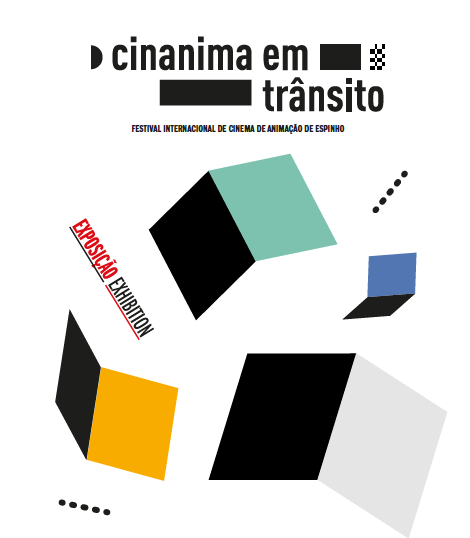
Imagines Nostrae Animae Animanostra 30:11
Itinerant exhibition by Cinanima Festival
The exhibition “Imagines Nostrae Animae” produced in the scope of CINANIMA 2021 is touring the country. It has 23 panels of 11 of the most prominent and awarded Portuguese illustration, animation and comics authors who, over the years, have collaborated with the animation film studio Animanostra.
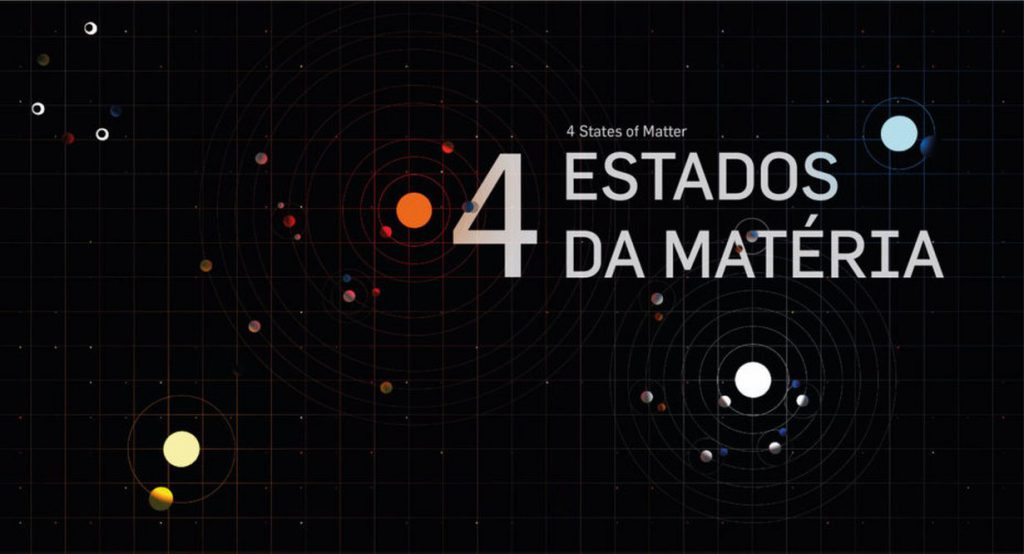
4 Estados da Matéria (making of)
by Miguel Pires de Matos
“4 States of Matter” is an abstract animation film whose main theme is “matter”. It is developed in four different acts/movements, each one with a distinct graphic and sound universe, globally constituting a journey through the four major states of matter: solid, liquid, gas and plasma. This exhibition displays the objects and equipment used in the production of the short film.
Concert / AV Performance
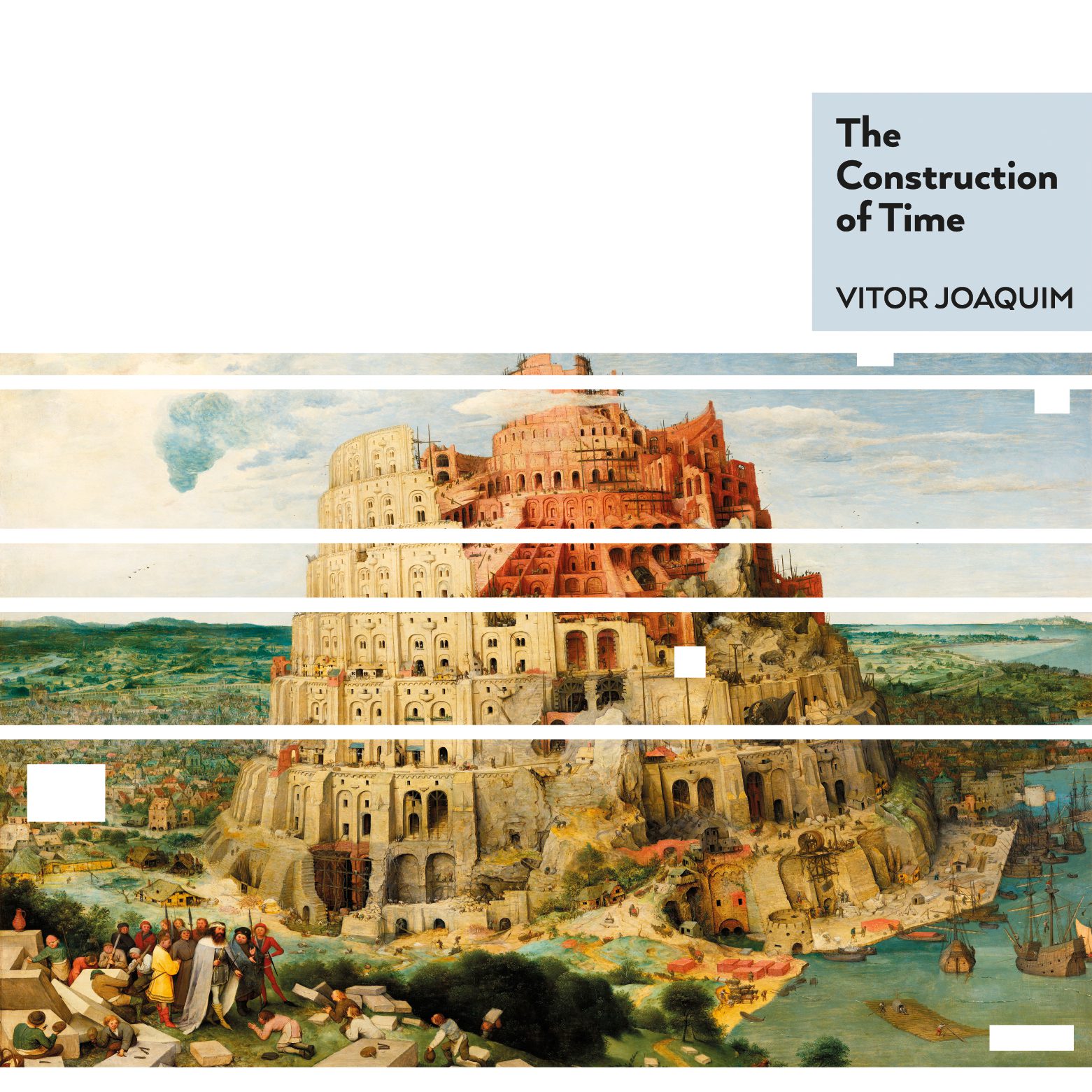
Artists
Vitor Joaquim (composer): Electronic, Electroacoustic
João Silva: Trumpet
Hugo Olim: Live Visuals
Synopsis | The Construction of Time is a piece that focuses on the questions of time, flow, interiority and breadth of perception that we create from the world in which each of us lives.
Subjective perception and intimately dependent on our state of mind, life experience and knowledge. If we are happy, we feel that time flies, if we experience unpleasant moments, time seems to have no end. What differences in perception are these if not the very construction of time that each one of us makes within himself? From perception to perception, as we experience the elasticity of what we feel, each of us makes his/her own emotional construction of time. As Carlo Rovelli reveals in his book The Order of Time, “time for us is memory and expectation.
In the version presented here, in audiovisual form, it is intended to explore the landscape of Parque de São Mamede as a source for the production of visual content that will work in close relationship with the sound piece. If, on the one hand, the sound piece already exists, the same cannot be said of the visual component that will be partially developed during the creative stay associated with the Visual Creation workshop.
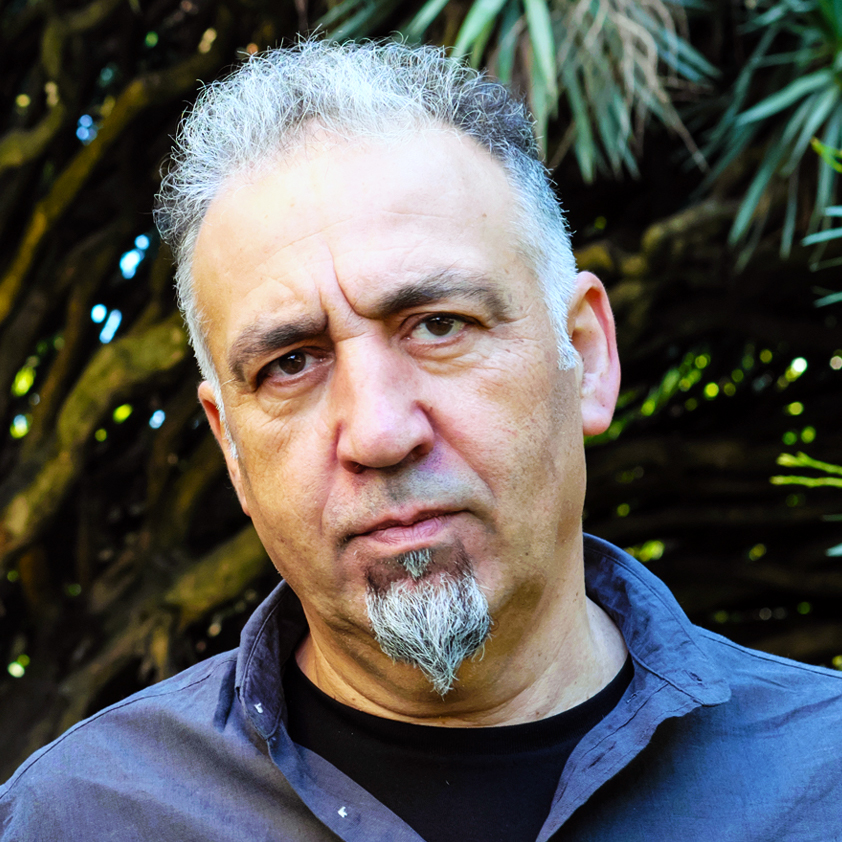
www.vitorjoaquim.pt
Biography | Vitor Joaquim. Portalegre (1963). Researcher, electronic improviser, composer and media artist, graduated in cinema, in sound and directing. He holds a PhD in Science and Technology of the Arts. He works solo and in collaborations with creators from the most varied areas. He has released 17 albums and is the author of dozens of compositions for contemporary dance. He presented work in sound sculpture, installation and pieces of transdisciplinary scope as video mapping, video art and performance. He produced, programmed and advised several festivals. Has taught and coordinated audiovisual schools and is a professor and researcher since 2009.
Workshops
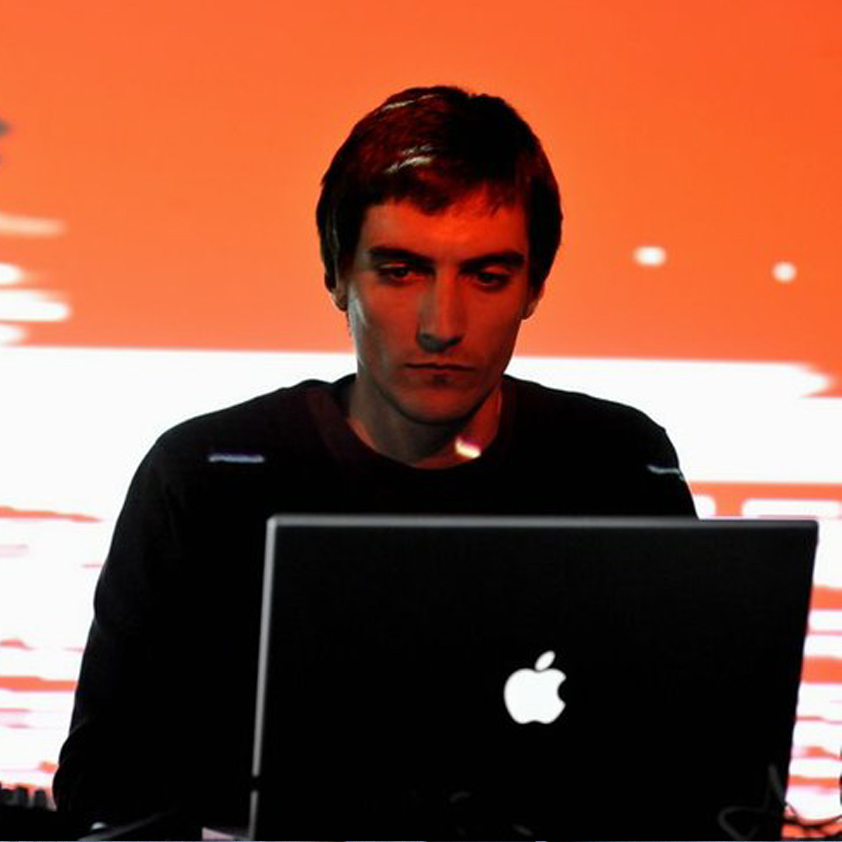
Field Recordings & Visual Composition
by Hugo Olim
Schedule:
- Friday, 3 June – 15:00 – 18:00
- Saturday, 4 June – 10:00 – 13:00
- Sunday, 5 June – 10:00 – 13:00
- Monday, 6 June – 10:00 – 13:00
Venue / location | Campus Politécnico, Portalegre (sala de som)
The participation in the workshop is FREE, limited to 12 people.
To participate, please send an email to multimodus@ipportalegre.pt
The language of the workshop is Portuguese (o workshop será conduzido em Português).
Synopsis | The aim of this workshop is guided in parallel and simultaneously with the sound workshop. It aims to raise awareness and develop the participants’ creative skills as visual creators, in their close connection with the audiovisual element. The workshop works as a discovery of the creative potential of each participant in a journey aimed at self-confidence, self-discovery and relationship with the group.
We seek to discover creative possibilities through careful observation and visual capture of images (still or moving) to be carried out in Parque de S. Mamede, with the aim of serving as editing and post-production processing material.
Collections can range from small to large scale, from macro-observation to tele observation, from small insects to large trees, passing through atmospheric phenomena such as wind, rain, or even the brushing of foliage at the mercy of the breeze at the end of afternoon. In this way, it is intended to create a database of images that will work as a library for the creation to be carried out in the studio.
Documentaries about different authors may punctuate the development of the work by introducing aspects of historical and technical reference in order to increase the sensitivity and knowledge of the participants.
Biography | Hugo Olim was born in Madeira Island (1978). He develops work in the field of visual arts, film, video, photography and installation. The aim of his practice focuses especially on exploring the very nature of the image and its close relationship with sound, time, space and technology. Hugo has developed live visuals work with several national and international creators and is a regular contributor to Vitor Joaquim in audiovisual performances. He was a professor at the University of Madeira and holds a PhD in Fine Arts (audiovisual) from the University of Lisbon.
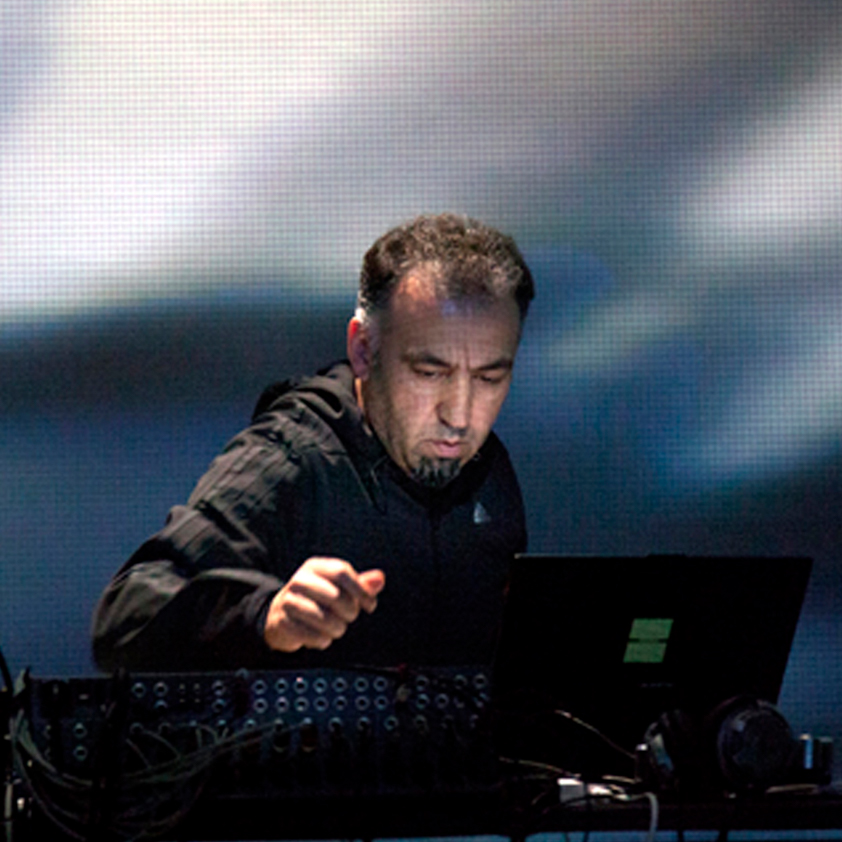
Field Recordings & Sound Composition
by Vitor Joaquim
Schedule:
- Friday, 3 June – 15:00 – 18:00
- Saturday, 4 June – 10:00 – 13:00
- Sunday, 5 June – 10:00 – 13:00
- Monday, 6 June – 10:00 – 13:00
Venue / location | Campus Politécnico, Portalegre (sala de som)
The participation in the workshop is FREE, limited to 12 people.
To participate, please send an email to multimodus@ipportalegre.pt
The language of the workshop is Portuguese (o workshop será conduzido em Português).
Synopsis | The aim of this workshop is to implement and develop the participants’ creative skills as sound/musical creators, regardless of their musical prerequisites. The workshop works as a discovery of the creative potential of each participant in a journey in which self-discovery and the relationship with the group are as or more important than the results.
We seek to discover possibilities through the process of attentive listening and the exploration of the relationships between field sound recordings, to be carried out at Parque de S. Mamede, and post-production / sound creation processes to be developed in a studio.
The collected material can range from small-scale movements of small insects and grains of earth, to sounds arising from atmospheric phenomena such as wind or rain, passing through small sound events such as the chirping of birds or the brushing of foliage from different types of vegetation. In this way, it is intended to create a database of local sounds, which will function as a library for the creation to be carried out in the studio.
Documentaries about different authors may punctuate the development of the work by introducing aspects of historical and technical references to increase the participants’ sensitivity and knowledge.
Biography | Vitor Joaquim. Portalegre (1963). Researcher, electronic improviser, composer and media artist, graduated in cinema, in sound and directing. He holds a PhD in Science and Technology of the Arts. He works solo and in collaborations with creators from the most varied areas. He has released 17 albums and is the author of dozens of compositions for contemporary dance. He presented work in sound sculpture, installation and pieces of transdisciplinary scope as video mapping, video art and performance. He produced, programmed and advised several festivals. Has taught and coordinated audiovisual schools and is a professor and researcher since 2009.
Masterclass
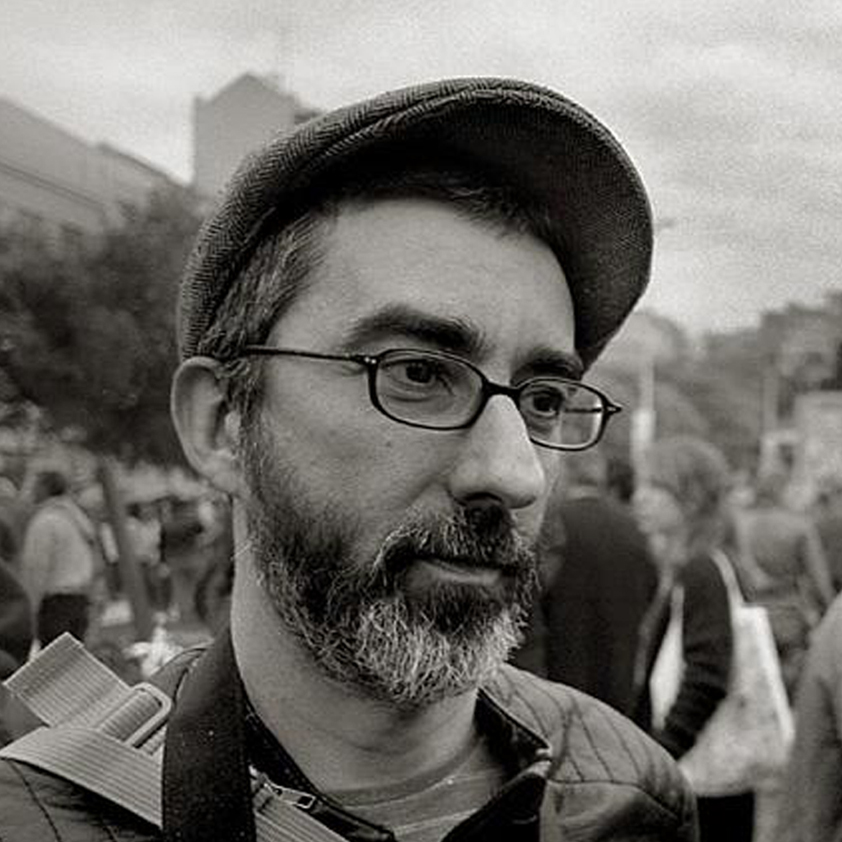
Birds and Cartoons (animation / illustration masterclass)
by Filipe Abranches
Schedule | Monday, 6 June – 16:00 – 19:00
Venue / location | Campus Politécnico, Portalegre
The participation in the masterclass is FREE, limited to number of sits in the room.
The language of the workshop is Portuguese (o workshop será conduzido em Português).
Synopsis | With my first film “Birds” arose a question of a difference between a comic strip and an illustration and an understanding why it is different from an animated film. And here is perhaps the crux of my contribution, which is to try to explain how the transition is made from one medium to another. In this case, how do you transport a five-page comic book short story to an animated film. What are the complex aspects of the adaptation, both graphically and narratively? Some of my other work reflects this concern with adaptation too. It happened in the graphic novel “Diary of K.” from a text by Raul Brandão and in “Birds”, an animated short film with a happy career. Comic book adaptations are very common, namely manga and American comics for cinema/animation. But what motivated me at the time was the possibility of giving life to my drawings. In that adaptation the criterion was to maintain the graphic nature of the original object. This precept outlined options in terms of narrative, editing, framing, rhythm, etc., in order not to stray from the spirit of the original work. The motionless, printed line in the comic strip became a line with movement, a line that trembles. It takes us back to the most archaic animation techniques, in which the register and accuracy of the drawing was not perfect because it was photographed with a truca (vertical photographic reproduction of images). The digital age eliminates these imperfections and vacillations of the materials by far. A range of tools in the opposite direction of material cleanliness, filters for grain or dirt, film scratches or smudges, have sprung up in graphic and film editing programs, as if an inevitable nostalgia animated the creators of this software. I wrote about the film before: “It was through the graphics, shaky and unstable line work that a disturbed and disturbing world was created. A set of nervous and unstable lines which end up outlining the sound and musical idea of the animation”. The sound aspect of the film was perhaps the least predictable, since naturally in a comic book there is no soundtrack from the start. That is, an element that is not present in the original medium. Even so, I have come across comic books that suggest listening to a certain track from a music album, classical or popular, while the reader enjoys reading.
I ended up applying my own musical knowledge and skills to the film’s sound production. This included everything from music to real sound capture even vocalizing/imitating chickens and other birds. The cycle closes here, in the sense that the focus of this adaptation was on the impossible maintenance of the purity of the object that gave rise to it. The comic work has its beauty and particularity for being a solitary experience. This marks the author and is thus safeguarded by assuming oneself as the total creator of the film. It is not in itself a matter of life or death, but a different, concrete experience that necessarily changes depending on the project at hand.
Biography | Filipe was born in Lisbon, 1965. He holds a degree in Filmmaking. Former professor of Illustration/Comics at Ar.Co., and lecturer and coordinator of Illustration Masters at ESAP/Guimarães. Began his work in the LX Comics magazine in the 90’s. Worked as illustrator at the Expresso weekly newspaper. Has published, among others, the following comics books: “History of Lisbon”, “The Diary of K.”, “Solo” and “Jungle”. In the field of animation films he’s the director of the first film “Pássaros/Birds” (2009), and other films: “Sanguetinta/ Bloodink” (2012) and “Chatear-me-ia morrer tão joveeeeem…/It would piss me of to die so yoooooung…” (2016). Today he is the publisher of UMBRA Comics.
